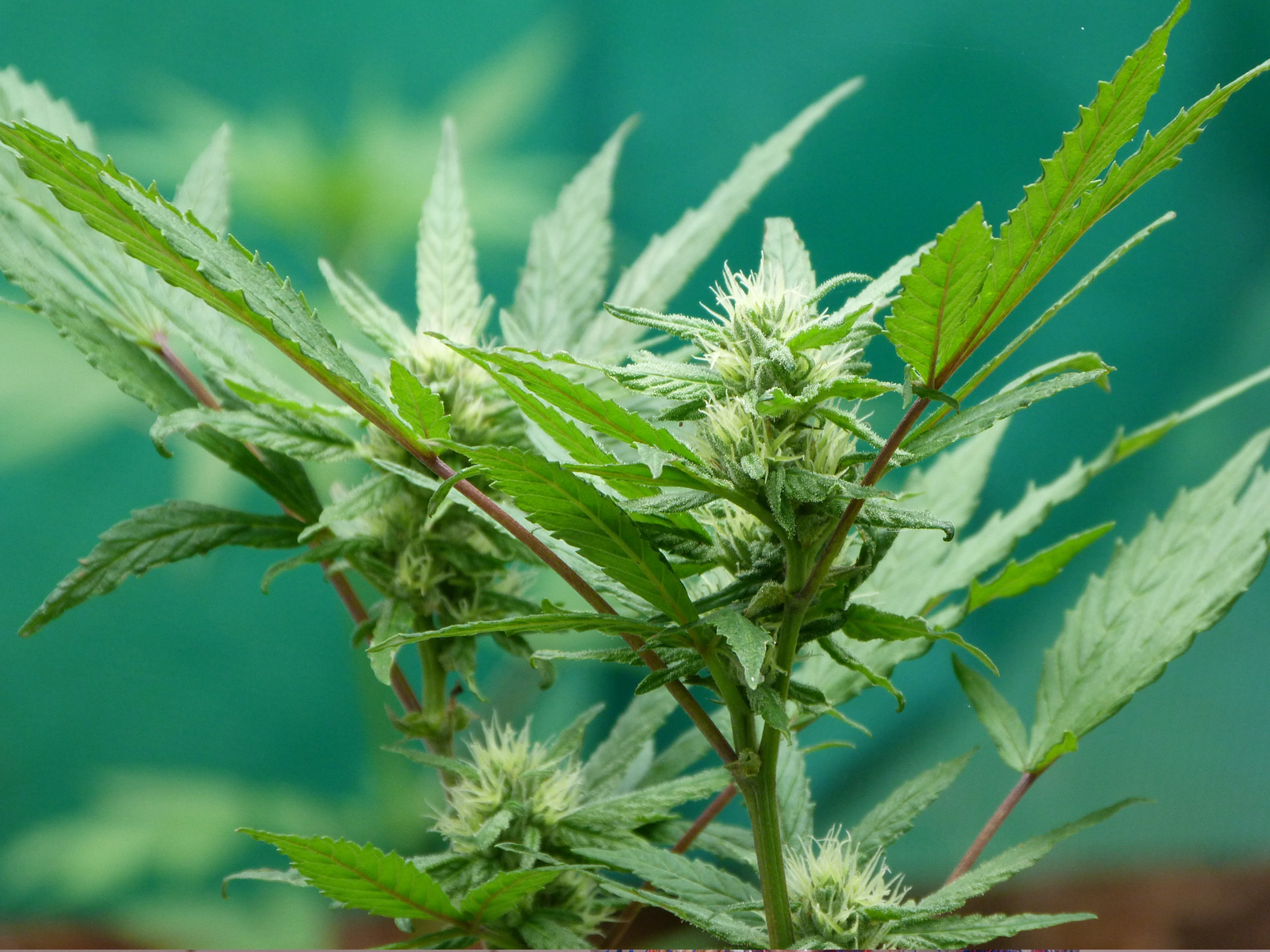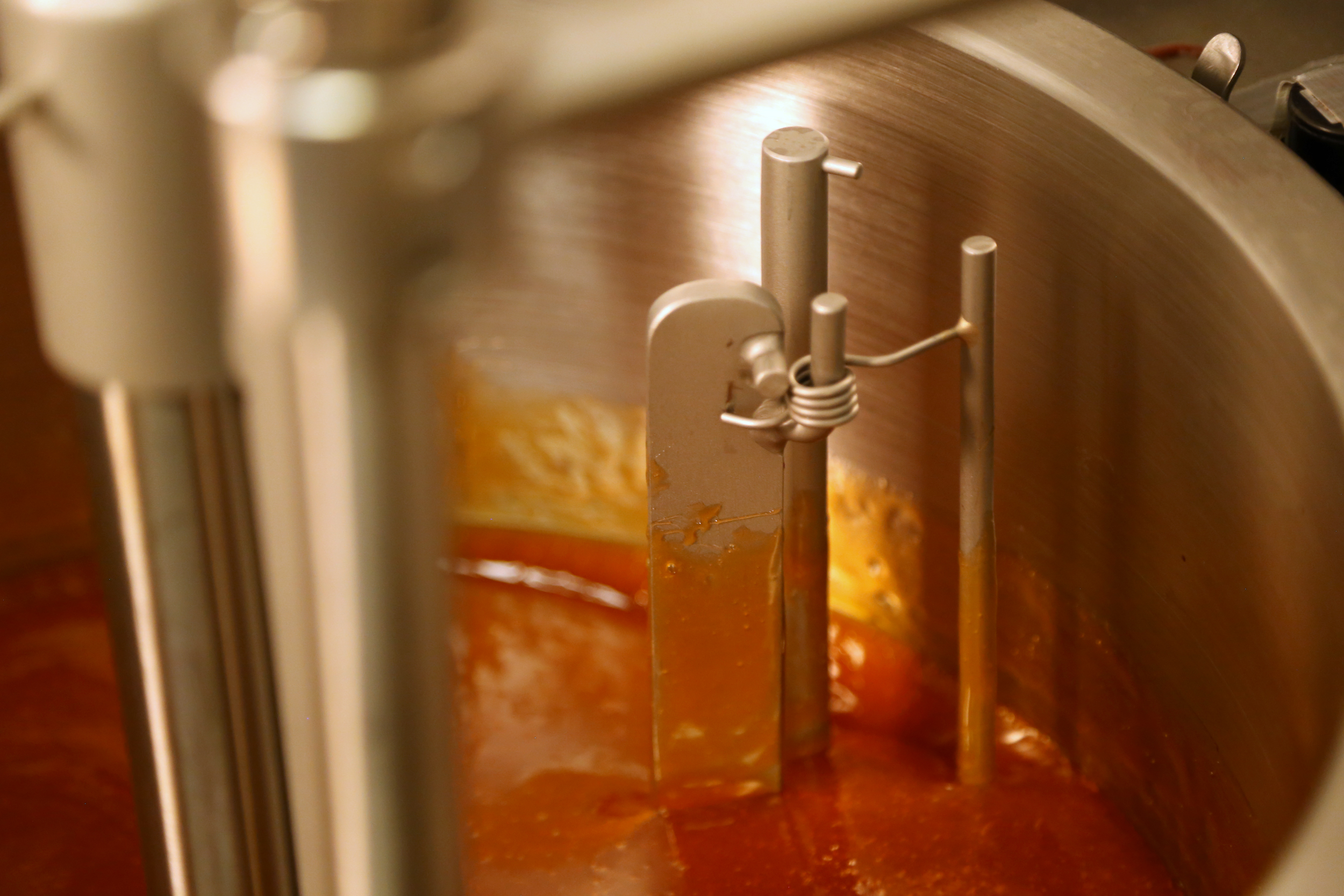
The pursuit of the cannabis high has led humans to many unique places, but few are more interesting than the endocannabinoid system. In the 1970s researchers were hunting for the marijuana “high” – attempting to explain what exactly happened in the body to create the euphoric feelings. The search led them to the discovery of the endocannabinoid system, a previously unknown internal network of pathways that helps regulate mood, appetite, memory and pain.
It was an early step in understanding the complex and often symbiotic relationship between the human body and cannabis. One that continues to this day. Scientists are still probing into just how and why cannabis works the way it does. Everything they’ve learned suggests it’s a uniquely beneficial relationship.
The big two
A little simplified background helps in understanding how cannabis and the body interact.
First, cannabis. The two main compounds are tetrahydrocannabinol (THC) and cannabidiol (CBD). They have the same chemical formula, but have different chemical shapes. This difference effects how and what they do in the body.

Then there’s the endocannabinoid system (ECS). Part of the nervous system, it’s associated with mood, memory, motor skills, pain-sensation and appetite. It’s made up of: two receptors called cannabinoid receptor 1 (CB1) and cannabinoid receptor 2 (CB2); two natural cannabinoids, anandamide (AEA) and 2-arachidonoylglycerol (2-AG); and a collection of enzymes. In general, the cannabinoids AEA and 2-AG interact and stimulate the CB1 and CB2 receptors, respectively, to help keep the body in ‘homeostasis’. This just means that they work to help keep the body normal, healthy and well.
The two – cannabis and endocannabinoid system – come together inside the body. Smoked or vaped cannabis enters the blood stream through the lungs. If it’s eaten, it enters through the digestive system. Cannabis derived THC and CBD ride through the body in the blood until they interact with the endocannabinoid system, mostly in the brain.
AEA & THC = high
THC and AEA share nearly identical structures. So when THC comes across a CB1 receptor it slips into place just like AEA. THC’s psychoactive qualities impact the same areas: pain, appetite, motor control, cognition and creativity.
CBD’s structure doesn’t fit into the CB1 receptor, but it can latch on, preventing THC from interacting with it. That’s why the higher the percentage of CBD in cannabis, generally, the less intense the high-CBD ‘clogs’up more CB1 receptors. While its structure doesn’t match AEA, CBD does influence other neurotransmitter systems and the endocannabinoid system, including ones that control inflammation and anxiety.
Entourage effect
Scientists have refined cannabis to separate THC and CBD, hoping to extract specific health benefits from each ingredient. But what they’re learning is the two compounds work best in tandem. Using the two together helps to fight various forms of cancer better than CBD alone. Same for treating cancer symptoms. A 2013 study found a THC and CBD spray worked better for pain management than just a THC spray. And, while using THC alone can be habit forming, patients using a THC and CBD combo didn’t ask to increase their dose.

Take away
No one knows why cannabis seems to interact so naturally with the body. They’re still working to understand a lot about the plant. But even if all the exact mechanisms remain a mystery, CBD and THC continue to show impressive results for treating a huge range of medical symptoms associated with the endocannabinoid system.
Did you like this article?
Sign up for our newsletter to make sure you're in the know about all of our new product releases, contests and more.





